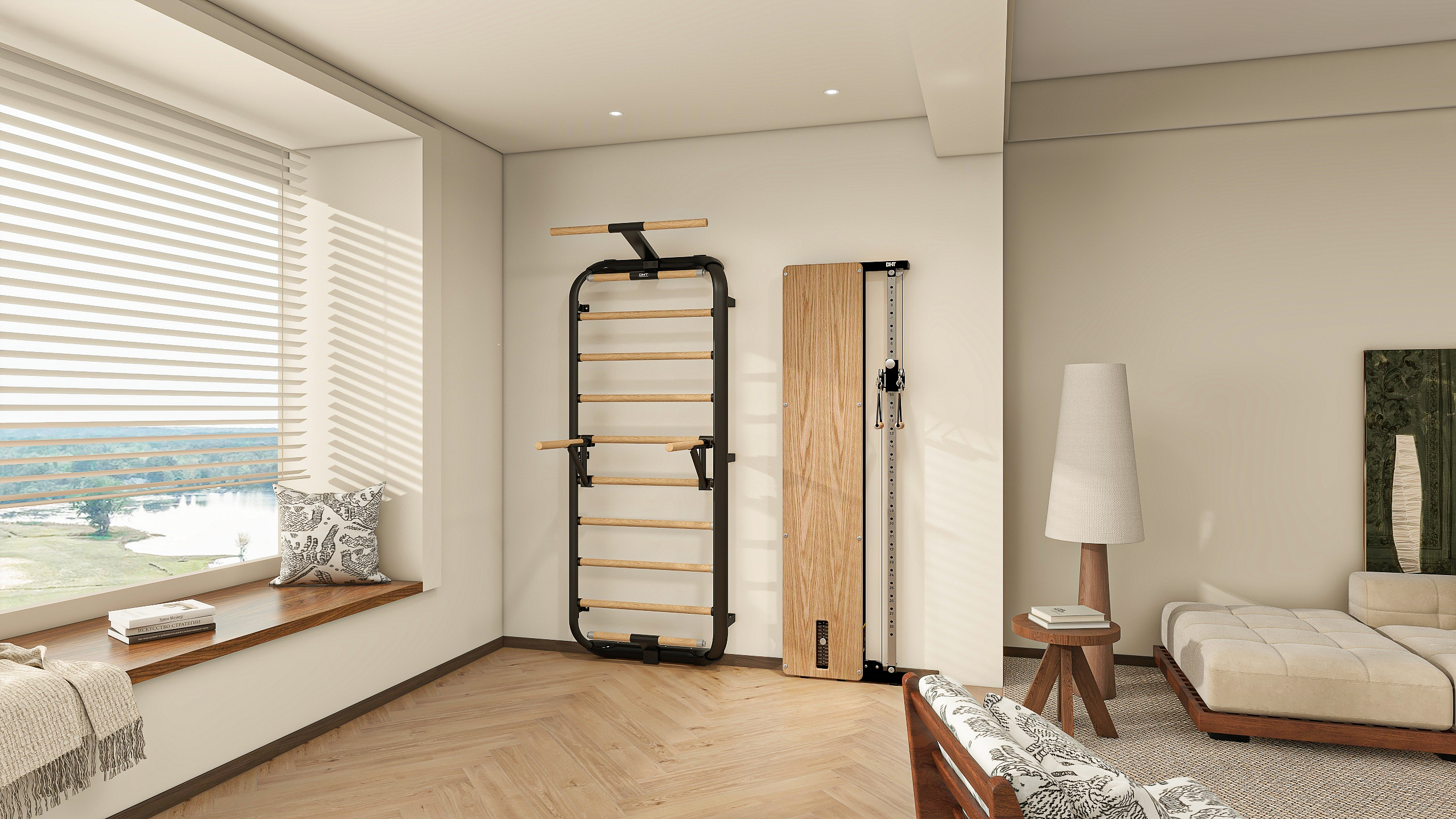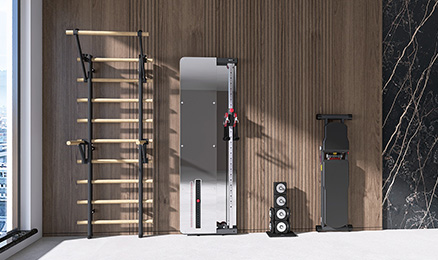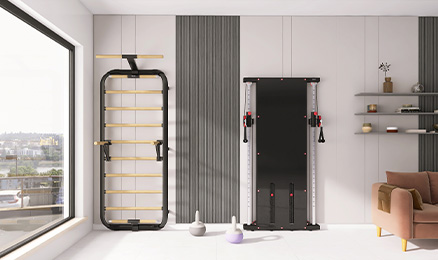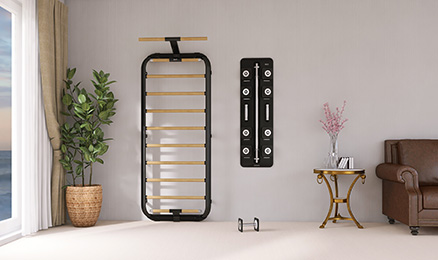What you need to know about using rib racks for rehab training
As a versatile piece of fitness equipment, the rib rack has a wide range of applications in rehab,(climbing frame、Children's climbing frame、Indoor climbing frame) Here are some recommendations for rehab training with a rib rack and how to use it:

Posture Correction Exercise
Turn your back to the ribcage, keep your calves close to the ribcage, and bend your body forward as much as possible:
Action points: straighten the upper limbs, hold the low beam as much as possible, bend the elbow.
Purpose of training: help to correct bad posture such as hunchback, and exercise the back and upper limb muscles at the same time.
Turn your back to the ribcage, take half a step away from the ribcage, and raise both hands up:
Points to note: Hold a slightly lower beam, straighten the upper limbs and fully lift the chest.
Purpose of training: Strengthen the back muscles, improve the mobility of the thoracic spine, and help correct scoliosis and other problems.
Lateral ribcage, feet apart, lateral upper limb lifting to hold the beam:
Action points: the medial upper limb holds the beam at the waist, the lateral knee is flexed, both upper limbs are fully extended, and the body is flexed sideways.
Training purpose: Exercise the lateral lumbar muscles, improve spinal flexibility, help correct scoliosis and other problems.
Face the ribs, sit with straight legs and hang on to the bottom beam with your toes:
Action Points: Rotate the body fully to the right and then to the left.
Purpose of training: Exercise the lumbar muscles, improve the mobility of the lumbar spine, and help correct problems such as lumbar spine distortion.
Muscle strength and endurance training
Pull-ups:
Action Points: Hold the ribbed wood beam with both hands, use the upper body strength to pull the body up to the chin over the beam.
Training purpose: to strengthen the upper limbs and back muscles and improve endurance.
Suspension training:
Action Points: Hold the rib beam with both hands, the body naturally hangs down, suspension training.
Training purpose: exercise core muscles, improve body stability.
Push-ups:
Action points: hands on the rib beam, push-up training.
Training purpose: to strengthen the upper limbs, chest and core muscles.
Joint mobility training
Rhythmic swinging movement:
Movement points: rhythmic swing training using ribbed wood, either active movement, or passive movement with the help of the whole body weight or part of the body weight.
Purpose: To improve joint mobility and prevent joint stiffness and contracture.
Shoulder rotation training:
Action Points: Hang the rack on the ribbed wood for shoulder rotation training.
Purpose of training: to strengthen the shoulder muscles and improve the mobility of the shoulder joint.
Balance and stability training
Standing on one leg:
Action Points: Stand beside the ribbed wood, stand on one leg and hang the other leg in the air.
Training purpose: to improve body balance and coordination.
Side Balance:
Action Points: Stand sideways to the ribbed wood and perform side body balance training.
Training purpose: exercise side waist and leg muscles, improve body stability.
Precautions
Safety first: make sure the equipment is stable to avoid accidents during the rib cage rehabilitation training.
Step by step: Gradually increase the difficulty and intensity of the training according to your own situation to avoid over-training which may lead to injuries.
Consistency: Rehabilitation training requires time and patience, and it is recommended to keep training for a long period of time to get the best results.
Rib racks have a wide range of applications in rehabilitation training, through scientific and reasonable training methods and precautions, can effectively promote physical rehabilitation and improve physical fitness.
-

Home gym: create a private fitness space and enjoy a healthy life!
2025-01-02
-

Creating an exclusive home gym, making home exercise a new style of life.
2025-01-02
-

Dare to work out, shine, and be the protagonist of your own life!
Dare to work out, shine, and be the protagonist of your own life!
2025-01-02





